-
 play_arrow
play_arrow
Clubalicious Clubalicious Radio
-
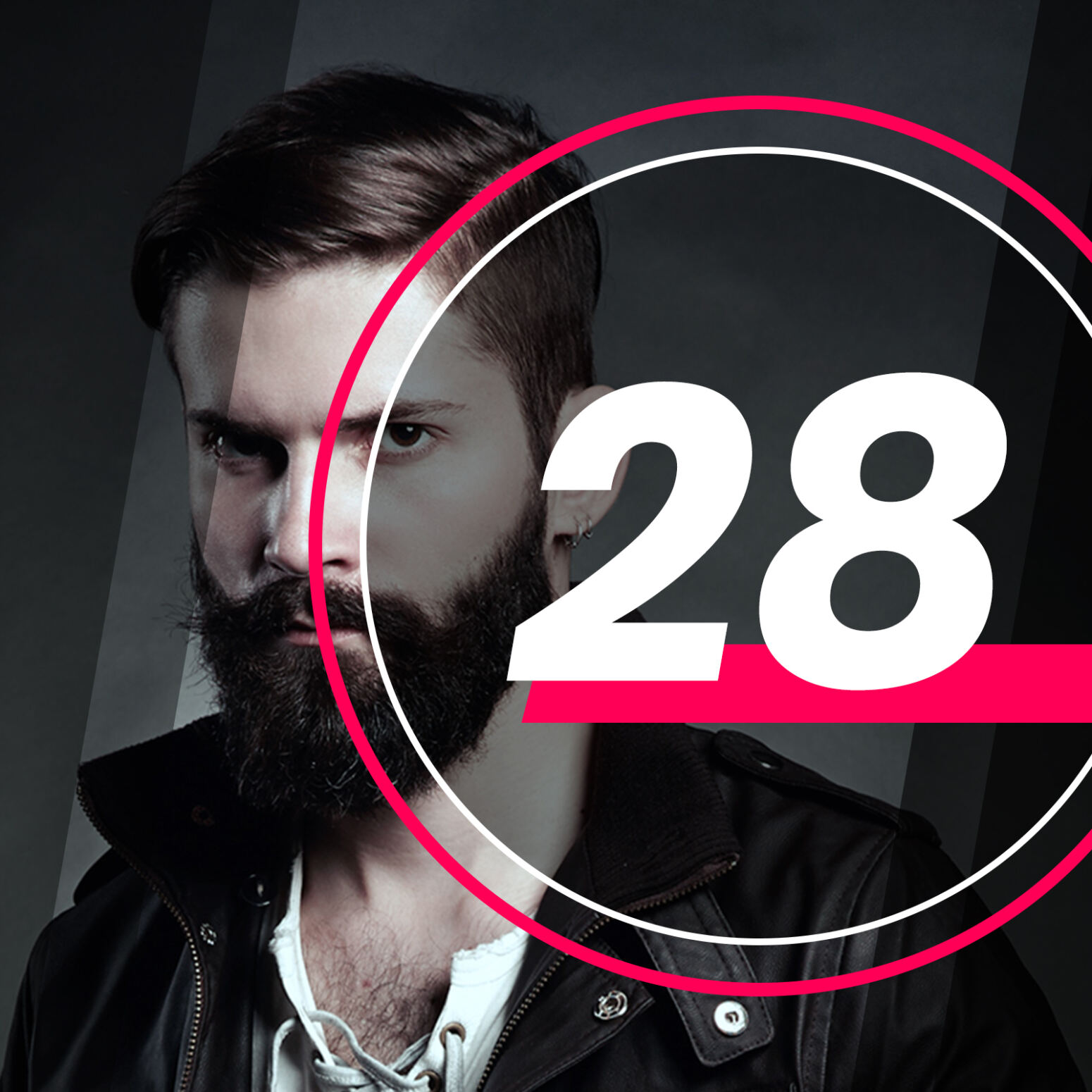 play_arrow
play_arrow
London Calling Podcast Yana Bolder

Don’t miss Part 1!
FILM TRANSFERS
For the Led Zeppelin clips sourced from 35mm and 16mm film optical negatives, Bergh went really old-school and had a positive track printed from them. The optical sound format is perhaps the only one where an earlier generation is not better than a later one, because there are distortions built into negatives that take into account how it will be printed. (You might be thinking of “RIAA” or other equalization curves, but let’s leave it at simply being “more complex.”)
In addition, Bergh notes that by making the print, “90 percent of the cracks and pops that you would hear by playing the negative would go away. It’s ‘artifact-free’ restoration. This is because a lot of the scratching that can happen is in the clear area, and they’re gone when it turns black on high-contrast print film. It’s like a wet gate scan of an image [that fills in scratches].”
As is frequently the case throughout his Endpoint Audio Labs facility, Bergh’s optical transfer machines are a combination of the best of old and new—in this case, 1940s Western Electric optics and 1990s Sondor transports. Although there are indeed newfangled transfer machines that will scan both film negative picture and soundtrack—clearly the easier route, and as a result the most popular today—Bergh says that sonically they “don’t compare with the equipment made at the peak of the optical sound era. These new technologies are essentially digital approximations of the analog sound.”

Although one-third of the songs heard in the film come from the first two albums, and a good portion of the others were from various discs, there were also many scenes that featured a wide variety of film and video formats. The team made a conscious effort to keep the unique character of each of these formats. MacMahon says that “hearing the various eras of sound recordings in their correct context at Endpoint made me realize that a sense of time travel is possible just by staying pure to the source. You get a feeling of the era and context just by the sonic qualities.”
In a few instances, Bergh took what can only be described as a “hybrid” route to getting the optimum source, as was the case when we hear Little Richard’s “Long Tall Sally” from the 1956 movie Don’t Knock the Rock. Although he was able to obtain the 35mm three-track mono DME (dialog, music and effects) master and other miscellaneous mag music elements, because Little Richard was performing to playback, Bergh went back to vinyl, bypassing less-than-optimum mag generations that had also started from disc. (They were also fortunate that the version of “Goldfinger,” sung by Shirley Bassey, was also filmed to playback. Both songs were taken from store-stock 45s.)

An extended live performance of Led Zeppelin tearing through “Communication Breakdown” featured in the movie was originally taped in France on the 2-inch quad video format, in their SECAM standard. Although Bergh brought a Pro Tools unit to the video transfer facility in Los Angeles and was able to pick off the sound directly from the back of the machine, he later took the tape back to Endpoint and transferred it again to take advantage of the superior sound quality of his Studer 2-inch A-827 deck. (This was possible because the location of the mono track on quad is the same as Track 1 of 16-track 2-inch!) Also, the tape handling on the Studer is especially solid and has less than half the wow and flutter as a quad video deck.
Says Bergh, “The fascinating thing about quad video is that the image is never better than standard definition, but the audio is effectively the same as one track of a ¼-inch stereo tape, 70 mils wide, at 15 ips, so it pays to regard it as a master tape to get the best sound.”
Because almost all of the source film and tape was at 25 frames per second, it was decided to shoot new material, such as the interviews, at that same rate and then continue with it through the final edit and mix. However, delivery requirements for the U.S. theatrical and home/ streaming release demanded that they create 24fps DCPs and video masters.
The “easiest” route would have been to make no change in the picture, but just slow it and the track down, then pitch-shift the track back up to counteract the 4 percent speed reduction, but Bergh felt that the audio would have been hurt, however carefully the pitch-shifting was done.
As a result, in a rare example in the movie industry of the picture falling on the grenade instead of the sound, MacMahon decided to keep the speed and pitch of the original, with Gitlin using a variety of techniques to keep the movie in sync at the slower speed. MacMahon sums up this approach quite simply: “Never compromise the sound.”
COME BACK TOMORROW FOR THE CONCLUSION!
Written by: Admin
Similar posts
Recent Comments
No comments to show.Featured post
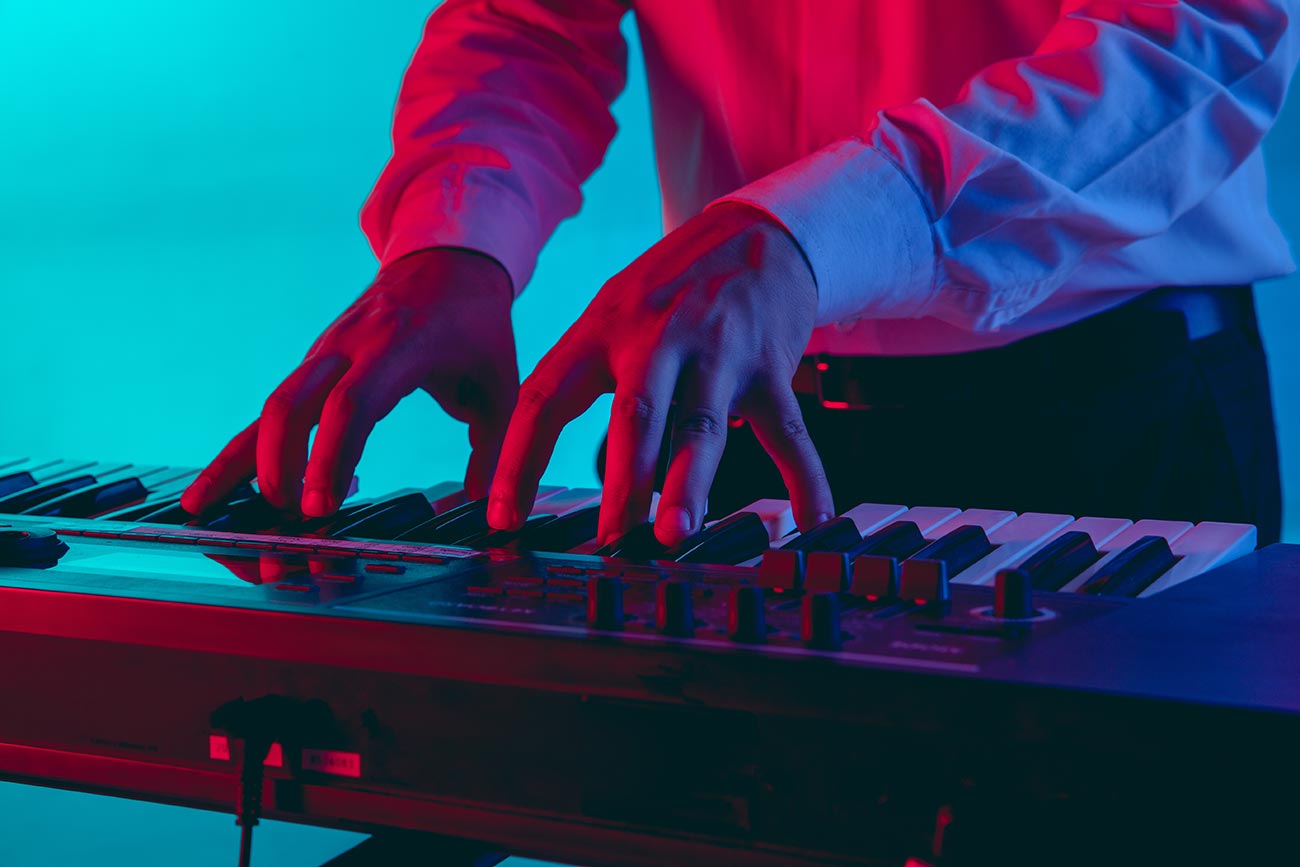
Latest posts
Current show
Upcoming shows
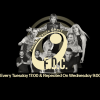
Finnish Dance Chart
Top 40 Hottest Dance Tracks In Finland
09:00 - 11:00
Fresh Is Fresh
This Weeks Hottest Releases
11:00 - 16:00
Stereo Productions
Chus Ceballos
16:00 - 17:00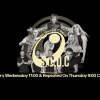
Scandinavian Dance Chart
Top 40 Hottest Dance Tracks In Scandinavia
17:00 - 19:00
The House Crunch
Terri B
19:00 - 20:00Chart
Powered by Dee jay promotions visit us
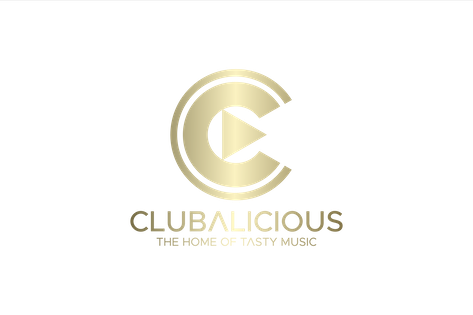









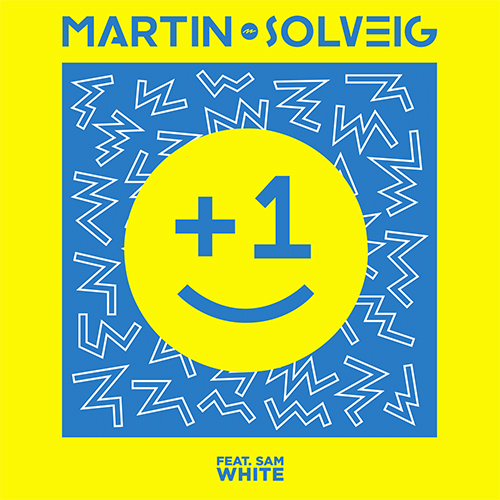
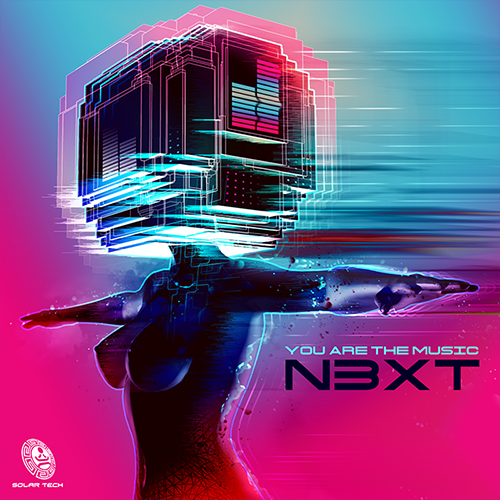
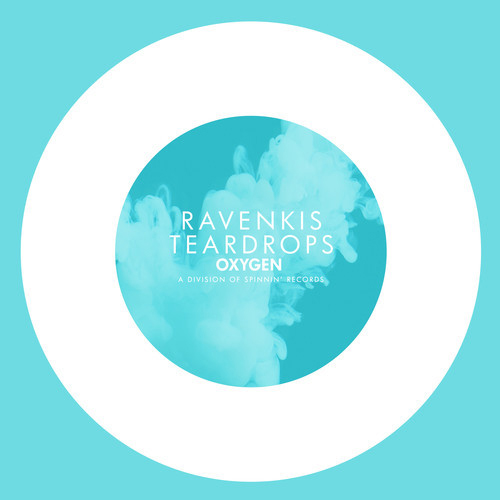
 Invalid license, for more info click here
Invalid license, for more info click here